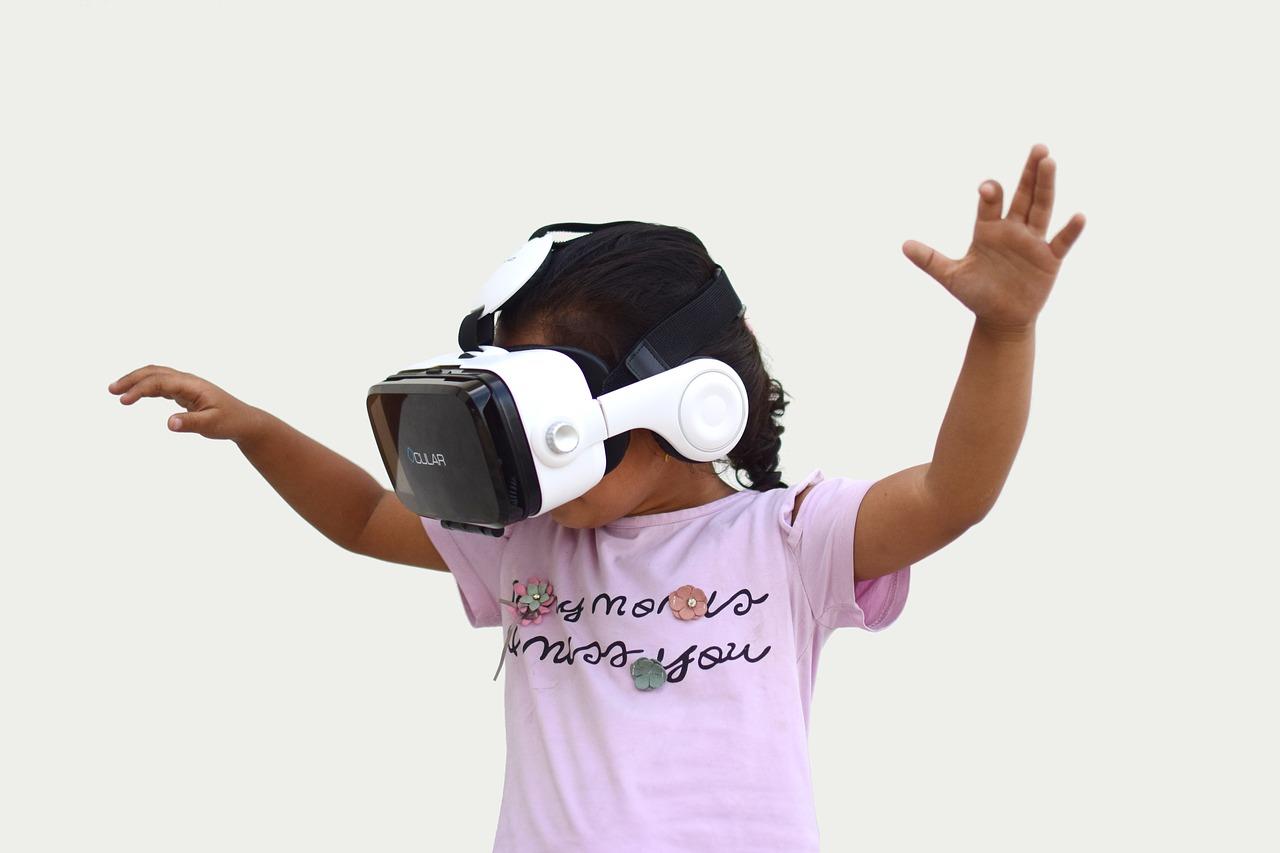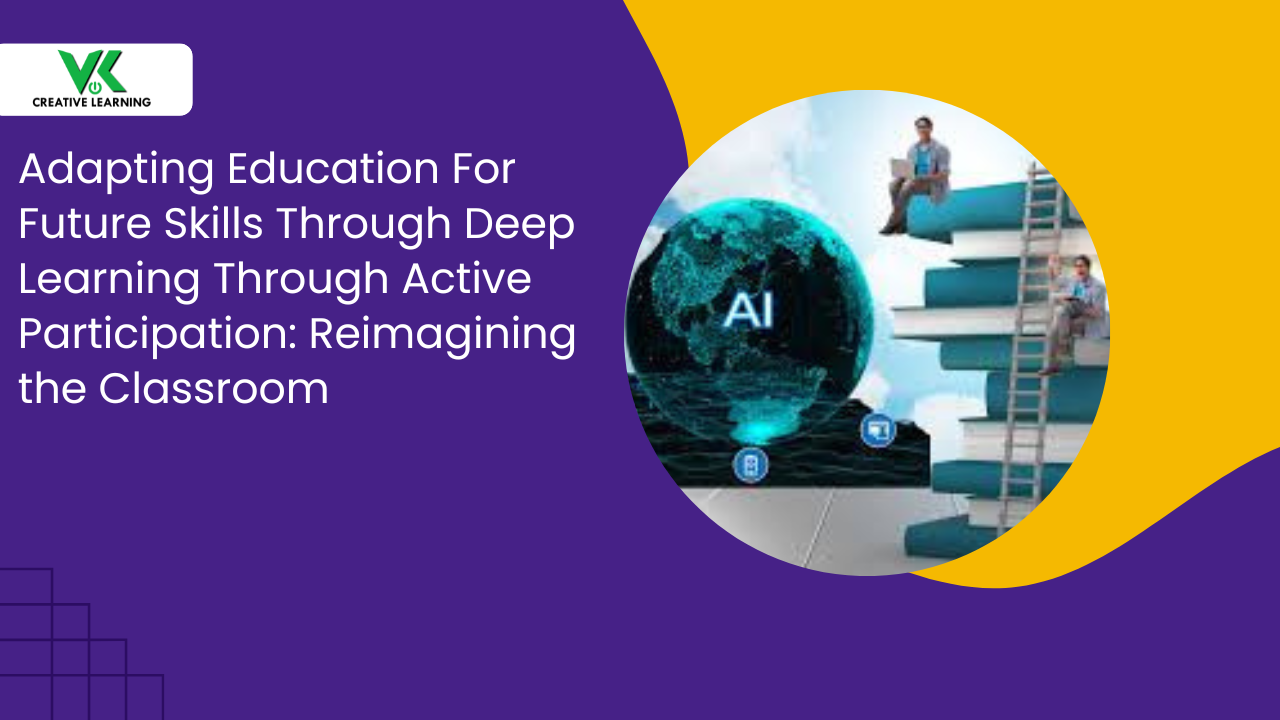Essential Factors to Consider While Incorporating VR in Elearning Solution
August 19, 2021
There are some basic things to be considered while incorporating Virtual Reality in an eLearning course. A Virtual Word is a computerized world filled with a vast amount of information as seen in the real world. You need to wear a headset to experience Virtual Reality.
Why does VR in eLearning courses have a greater scope of application?
The Virtual Reality in eLearning course enables the students to explore a virtual world in which they would explore the details of the topics and gain knowledge. The virtual world of the course can be designed in such a way that it allows the students to interact with the subject matter in a variety of different ways. Thus the Virtual Reality in eLearning course has a greater scope of application in most subjects. With virtual reality in the eLearning course, learners get to take part in an altogether different world that is based on real-life application. Thus, it enhances a student’s understanding and knowledge. With this, you will realize that you have access to knowledge and expertise from many different angles.
Factors we incorporate in the Virtual eLearning solutions to make it engaging
Impactful and appealing VR environment
The first step in developing a Virtual Reality in an eLearning course is to create a world that the student can explore and understand. The VR course has to be designed in such a way that the student gets immersed in it. They should begin to think, observe, and absorb concepts easily. In other words, the virtual world should be engrossing enough so that the students feel like visiting and learning more from it. To achieve this, the animated content needs to be very engaging and appealing to the student's senses.
Working on graphics and interaction options
Once the basic things are in place, the rest of the design of the Virtual Reality in Elearning course can be fine-tuned. This can include the layout of the course material, its graphics, and interaction options available to the student. Rich graphics, sound, text, animation, video, and dashboard interactivity should be incorporated. You can turn your classroom into a virtual classroom where your students can engage with other students around the world.
Compatibility
In addition to these, it is important to ensure that the course is compatible with any kind of operating system that the user has. Compatibility ensures that the user will not encounter any problem trying to access the educational content in the virtual classroom because of his operating system. This is because the user needs to view the information on the screen irrespective of the operating system that he may be using.
Benefits
Accelerates learning - VR helps to visualize the learning content. VR learning enhances the learning experience by including problem-solving, strong visualization, decision making, and other aspects.
Bridging the gap between theory and practice - Although students often study textbook theory about a subject, experiencing this theory in an interactive 3D environment provides a more memorable learning experience for pupils.
Increases student engagement - The virtual world enables students to interact and learn from one another, thus boosting total student engagement with a measurable consequence.
Simplified learning - Virtual reality can mimic a wide variety of complex subjects, from the brain to gravity, bringing the learning process to life.




